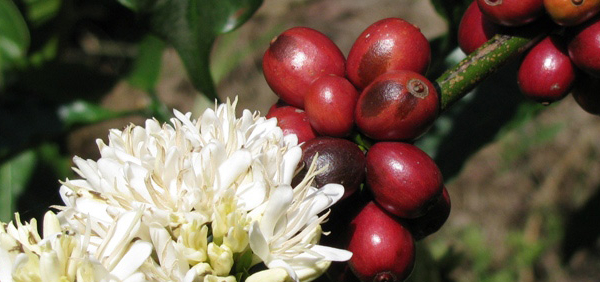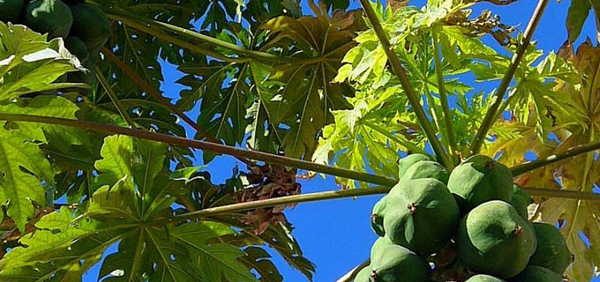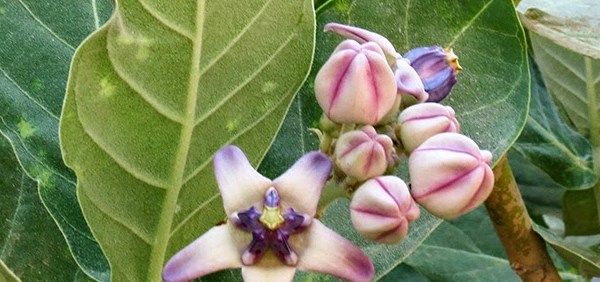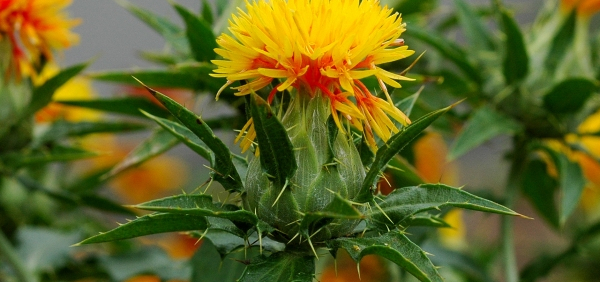kumbhika :

Cultivation:
Found though much of the tropics and subtropics at elevations from sea level to more than 1,000 metres. The optimal growth temperature range for the plant is 22 - 30°c
Plants cannot tolerate frosts
A free-floating, aquatic plant, succeeding in full sun or partial shade
Requires a lime-free water with a pH preferably in the range 6.5 - 7
Plants can survive in a dwarf form if stranded in wet soil
Plants can spread rapidly in warm climates, where they can become invasive
They are considered to be noxious weeds in many areas
Like Water hyacinth (Eichhornia crassipes), this plant also blocks irrigation canals; provides a breeding ground for mosquitoes; and chokes fishery waters
The plant provides a useful cover for spawning fish
Propogation:
Seed - it needs to be kept moist. In nature, the seeds float in the water for a few days, after which they sink and germinate. The seedling appears at the surface in 5 days
Division of the new plants formed at the ends of stolons radiating out from the mother plant
Harvesting:
Mechanical control against P. stratiotes can be achieved in different ways - manual harvest to the net and at the fork from the shore, harvesting treadmill, harvest by harvester boat. This type of harvesting requires a piling on the bank followed by an evacuation by truck to another location or biomass will be left to rot. Given the speed of propagation of the water lettuce and the amount of biomass produced, this group of methods never allowed to fight effectively against an invasion by these species.- » Classification and names of kumbhika
- » Synonyms and definitions of kumbhika
- » Drug Properties of kumbhika
- » Chemical Constituents of kumbhika
- » Standardization of kumbhika
- » Parts used and Dosage of kumbhika
- » Morphology and Histology of kumbhika
- » Distribution and Conservation of kumbhika
- » Cultivation of kumbhika
- » kumbhika in the market
- » Medicinal Uses of kumbhika
- » Researches and clinical trails of kumbhika
- » kumbhika in other sytems of medicine
- » Ayurvedic formulations with kumbhika
- » Images of kumbhika













